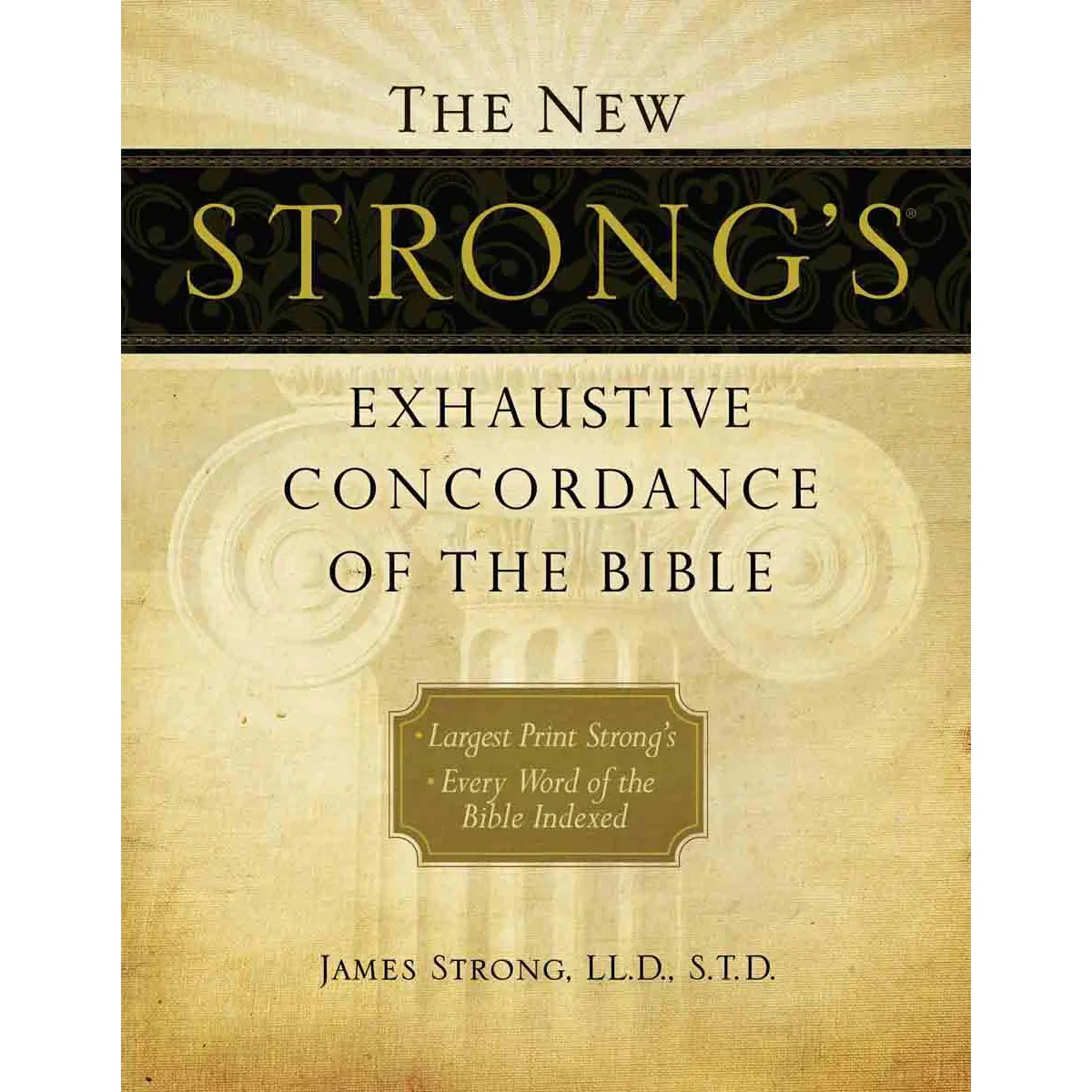Hebrew Bible
New Testament
Hebrew Bible
New Testament
Pronunciation Guide: OM-bros
Quick Answer: ὄμβρος (ombros) means a violent rainstorm or thunder shower, often accompanied by wind and lightning, used in the New Testament to describe observable weather signs that reveal God’s provision and the importance of spiritual discernment.

ὄμβρος

g3655
ombros (om’-bros) n.1. a thunder storm[of uncertain affinity]KJV: shower
Strong’s G3655: ὄμβρος refers to a violent rain shower, typically accompanied by thunder, lightning, and strong winds. This word appears only once in the New Testament in Luke 12:54, where Jesus uses it to describe the observable weather patterns that people could predict. Unlike gentle rain, ombros carries the connotation of intensity and power, representing nature’s dramatic display of meteorological force. The word captures both the beneficial aspect of needed moisture and the awesome power of atmospheric disturbance.
Key Insight: ὄμβρος represents God’s provision through natural phenomena that displays both His power and His care for creation’s needs.
The word ὄμβρος has deep roots in classical Greek literature, appearing “from Homer down” according to ancient lexicographers. In Homer’s epic poetry, ombros described the violent storms that could both threaten sailors and provide life-giving water to parched lands. The Septuagint translators adopted this word when rendering Hebrew concepts of storms and showers, particularly in poetic passages like Deuteronomy 32:2, where Moses compares his teaching to various forms of precipitation.
The word also appears in the Wisdom of Solomon 16:16, demonstrating its continued use in Jewish-Greek literature. Early church fathers would have understood ombros as carrying connotations of divine power manifested through natural phenomena, fitting well with their theological understanding of God’s sovereignty over creation. The term’s classical heritage gave it literary weight, making it appropriate for Jesus’ sophisticated teaching about spiritual discernment.
Historical Summary: ὄμβρος traveled from Homer’s epic storms through Septuagint theology to Jesus’ parables, maintaining its sense of powerful, providential rain.
Primary Meanings:
Translation Tip: Context determines whether to emphasize the storm’s violence (thunderstorm) or its life-giving nature (abundant rain) based on the passage’s focus.
ὄμβρος Translation Options:
ὄμβρος appears only once in the New Testament, in Luke 12:54, where Jesus says: “When you see a cloud rising in the west, immediately you say, ‘A shower is coming,’ and so it happens.” This usage occurs within Jesus’ teaching about spiritual discernment, where He criticizes the religious leaders for their ability to predict weather while failing to discern the spiritual significance of His ministry. The meteorological phenomenon becomes a metaphor for recognizable signs that should lead to proper interpretation.
In the Septuagint, ombros appears in poetic contexts where rain imagery conveys divine teaching and blessing. The word choice reflects the translators’ understanding that God’s provision often comes through dramatic natural phenomena that display both power and care. The rarity of the term in biblical texts makes each occurrence particularly significant, suggesting intentional selection for specific theological or literary effects.
Usage Summary: Biblical ombros appears in contexts emphasizing discernment, divine provision, and the recognition of God’s signs through natural phenomena.
Cross-Reference Verses:
In the ancient Mediterranean world, weather prediction was crucial for agricultural survival and maritime safety. Professional weather-watchers and farmers developed sophisticated knowledge of cloud formations, wind patterns, and atmospheric signs. Jesus’ reference to clouds rising “from the west” reflects the specific geographical reality of Palestine, where western winds from the Mediterranean brought moisture-laden air that produced the kind of sudden, intense showers described by ombros.
The cultural significance extends beyond meteorology to theological understanding. Ancient Jewish thought saw storms as manifestations of divine power and presence, recalling Psalm 29 where “the voice of יהוה (Yahweh)” thunders over the waters. The Hebrew concept of divine teaching falling like rain (Deuteronomy 32:2) would have influenced how Greek-speaking Jews understood ombros – not merely as meteorological phenomena but as potential vehicles of divine communication and provision.
Cultural Context: Ancient Mediterranean peoples viewed sudden storms as divine demonstrations requiring both practical preparation and spiritual interpretation.
ὄμβρος reveals God as the sovereign ruler over natural phenomena who provides both physical and spiritual nourishment through dramatic displays of power. The word’s connection to thunderstorms emphasizes that divine provision often comes with awesome displays of majesty – rain accompanied by lightning and thunder reminds creation of the power behind the blessing. This reflects God’s character as both provider and mighty sovereign, whose gentleness in provision never compromises His absolute authority.
The pedagogical use of ombros in Jesus’ teaching reveals God’s expectation that His people develop discernment. Just as people naturally learn to read weather signs for physical preparation, believers should develop spiritual sensitivity to recognize God’s activities and timing. The Lord’s frustration with spiritual dullness while praising meteorological astuteness shows His desire for His people to apply their observational skills to spiritual realities, recognizing His hand in both dramatic and subtle ways.
Theological Core: ὄμβρος demonstrates God’s powerful provision and His expectation that His people develop discernment to recognize His works in creation.
The example of ombros challenges us to develop the same careful attention to spiritual signs that we naturally apply to physical circumstances. Just as experienced weather-watchers can predict storms by observing subtle cloud formations and wind changes, mature believers should cultivate sensitivity to the spiritual atmosphere around them, recognizing when God is moving or when spiritual storms are approaching.
Consider how readily you prepare for physical storms while potentially ignoring spiritual preparation. The principle behind ombros suggests that God provides observable signs before significant spiritual seasons, whether of blessing or challenge. Developing this kind of spiritual meteorology requires regular prayer, Scripture study, and attention to the Holy Spirit’s promptings, creating the kind of discernment that recognizes divine activity in both dramatic interventions and quiet providences.
Self-Examination Questions: Am I as attentive to spiritual signs as I am to weather patterns? Do I prepare spiritually with the same diligence I show for physical storms? How can I better recognize God’s provision in both gentle and dramatic ways?
ὄμβρος reminds us that God’s provision comes with power, His teaching with authority, and His signs with clarity for those who have eyes to see – just as ancient peoples could predict storms by watching clouds, we can discern spiritual seasons by attending to the signs He graciously provides.
Note: While this entry strives for accuracy, readers engaged in critical research should verify citations and keyword occurrences in their Bible translation of choice. For Biblical citations, the F.O.G Bible project recommends Logos Bible software.
Strong's g3655
God's Word is too vast for a single perspective. We all have a story, and as believers we all carry the Holy Spirit who is the Revealer. With this in mind - I would love to read your comments.